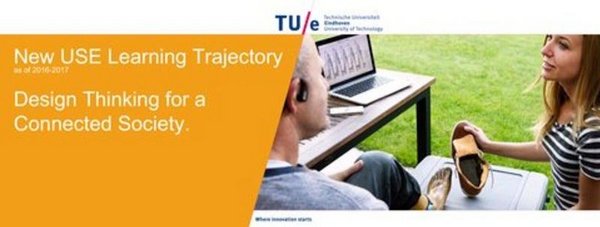
USE learning trajectories are packages of courses that look at engineering from the perspective of Users, Society and Entrepreneurs. After all, as an engineer you will have to work with users and find solutions to the challenges in our society. USE shows you the wider context of technology. During your bachelor’s degree program, you will need to take at least four USE courses: one basic course and one USE trajectory which consists of three courses and five Studium Generale activities.
You can find all the information on the Bachelor College USE information page.
Why develop the wider perspective?
As an engineer, you will develop technology for users, to help solve social problems and provide economic results for companies. For instance, by developing healthcare robots. This is not just a technological challenge, but also a societal one: the robots must be accepted by patients and by healthcare standards. And, of course, a company must be willing and able to develop these robots.
As a Bachelor College student, you will take a basic USE course in your first year. In your second and third year, you will do a USE learning trajectory, consisting of exploration, specialization and application. Read more about the USE learning trajectories on their specific pages.
Exploration
In this phase, you explore the subject and acquaint yourself with the main insights and discussions relating to the subject. In addition, you do a number of case studies to study the interaction between technology and the surrounding environment. The case studies can be related to various areas of technology.
Specialization
Here, you become acquainted with the theories, methods, and techniques of social and management sciences and the humanities. For a more in-depth package, choose subjects that deepen your knowledge.
Application
In this phase, you apply the knowledge and skills you have gained to a project within a relevant area of technology. These projects can be design or research oriented, and are offered by various departments. This allows you to make connections between a range of technologies.